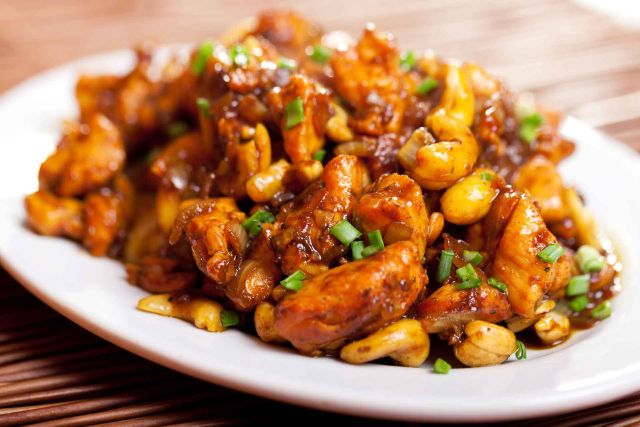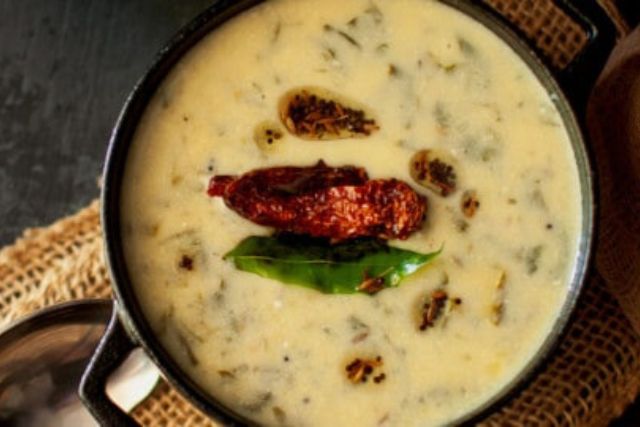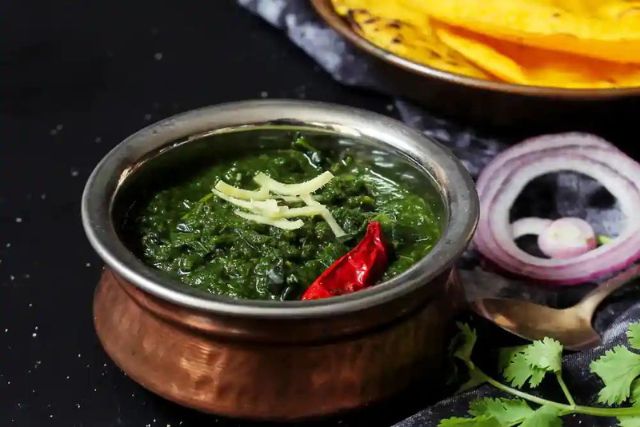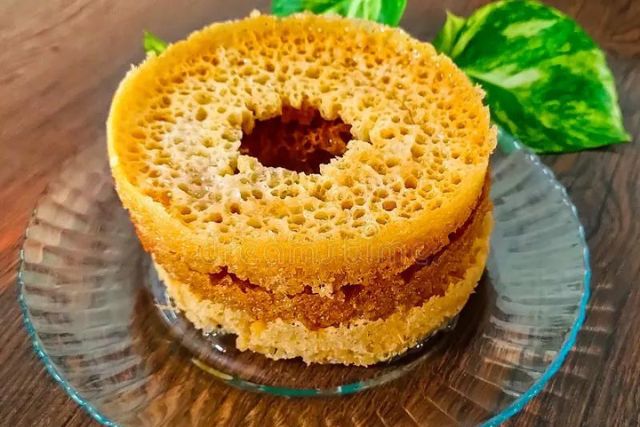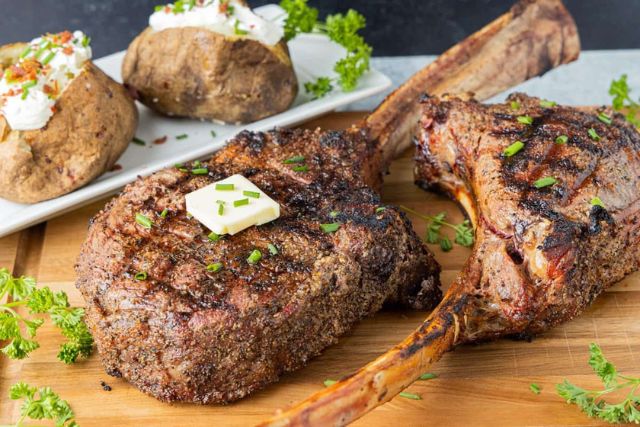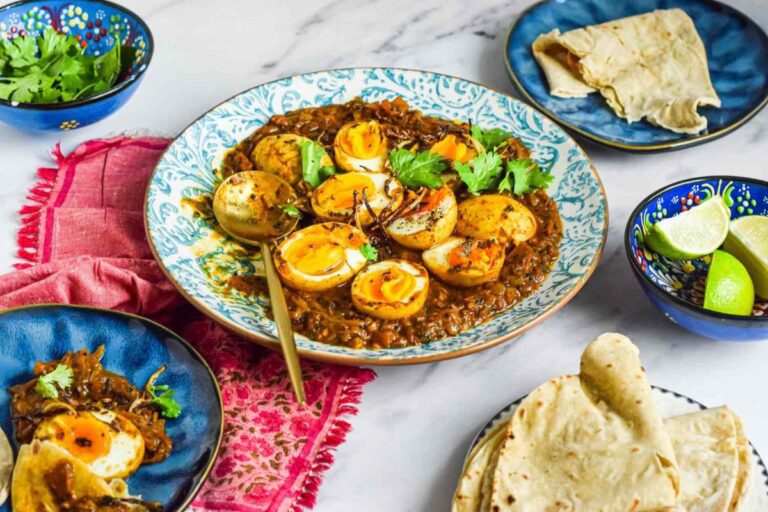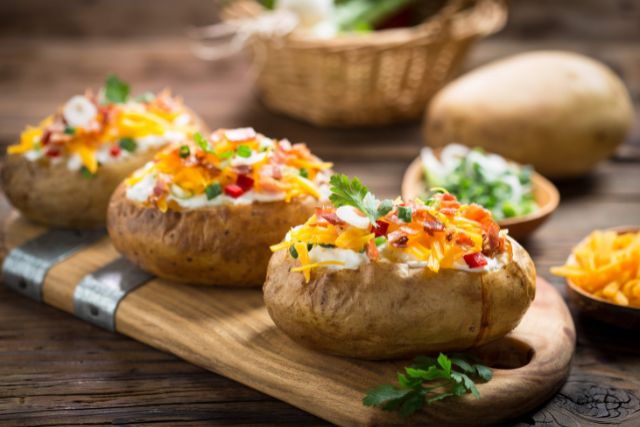Kaju Chicken Recipe : Relieving the Best Non Veg Recipe Ever
In the realm of rich and aromatic Indian cuisine, Kaju Chicken stands out as a dish that marries the creaminess of cashews with the bold flavors of spices and tender chicken. Originating from the culinary traditions of North India, particularly the Mughlai cuisine, Kaju Chicken offers a luxurious experience that satisfies both the palate and the soul. This dish is celebrated for its creamy texture, balanced spice profile, and the delightful crunch of cashews, making it a favorite in households and restaurants alike. In this comprehensive guide, we will delve into the origins, ingredients, step-by-step preparation, cooking tips, variations, and serving suggestions for Kaju Chicken Recipe, ensuring you can recreate this indulgent dish with authenticity and flair in your own kitchen.
Origins and Cultural Significance
Kaju Chicken, also known as Cashew Chicken, finds its roots in the royal kitchens of North India, where it was developed as a part of the rich Mughlai cuisine. The Mughals, known for their love of rich, flavorful dishes, introduced the use of nuts like cashews and almonds in gravies to add creaminess and depth of flavor. Over time, Kaju Chicken has become popular not only in India but also globally, appreciated for its luxurious taste and the skillful balance of spices and textures.
Key Ingredients of Kaju Chicken Recipe
The charm of Kaju Chicken lies in its blend of spices and the richness imparted by cashews. Here are the key ingredients you’ll need to prepare this delightful dish:
- Chicken: Use boneless chicken thighs or breasts, cut into bite-sized pieces. Chicken thighs are preferred for their tenderness and ability to hold up to the creamy sauce.
- Cashew Nuts: Whole cashews are soaked and ground into a smooth paste to create a creamy base for the gravy. They also add a delightful crunch when used as a garnish.
- Yogurt: Adds a tangy flavor and helps tenderize the chicken. Use thick, plain yogurt for best results.
- Onions and Tomatoes: Form the base of the gravy. Onions are finely chopped or pureed, while tomatoes are pureed or finely chopped depending on the desired consistency.
- Ginger-Garlic Paste: Provides depth of flavor and aromatic notes to the dish.
- Spices: Include a blend of ground spices such as turmeric powder, red chili powder, coriander powder, and garam masala. Whole spices like bay leaves, cloves, and cardamom pods may also be used for tempering.
- Cream: Adds richness and creaminess to the gravy. Heavy cream or fresh cream is typically used, though alternatives like coconut cream can be substituted for a lighter version.
- Ghee or Oil: Used for cooking the chicken and tempering the spices.
Preparation Method
Let’s explore the step-by-step process of preparing Kaju Chicken, ensuring each step enhances the flavors and textures of this delectable dish:
Step 1: Marinating the Chicken
- In a bowl, combine chicken pieces with yogurt, ginger-garlic paste, turmeric powder, and salt. Mix well to coat the chicken evenly. Marinate for at least 30 minutes to allow the flavors to meld.
Step 2: Preparing the Cashew Paste
- Soak cashew nuts in warm water for about 15-20 minutes. Drain and grind them into a smooth paste using a blender or food processor. Add a little water if needed to achieve a creamy consistency.
Step 3: Cooking the Chicken
- Heat ghee or oil in a heavy-bottomed pan or kadhai over medium heat. Add whole spices like bay leaves, cloves, and cardamom pods (if using) for tempering.
- Add finely chopped onions and sauté until golden brown. Add tomato puree or chopped tomatoes and cook until the raw smell disappears and oil starts to separate from the masala.
- Add marinated chicken pieces along with any marinade left in the bowl. Cook until the chicken is browned and cooked through.
Step 4: Adding Cashew Paste and Cream
- Lower the heat and add the ground cashew paste to the pan. Stir well to combine with the chicken and masala.
- Pour in cream and stir gently to incorporate. Adjust the consistency of the gravy by adding water or more cream as desired.
Step 5: Garnishing and Serving
- Once the gravy reaches a desired consistency and the chicken is tender, adjust salt and sprinkle garam masala for added flavor.
- Garnish with whole cashews, chopped fresh coriander leaves, and a drizzle of fresh cream.
- Serve hot with naan, roti, paratha, or steamed rice, garnished with additional cashews and fresh coriander leaves.
Variations and Serving Suggestions
While the classic Kaju Chicken recipe is a delight on its own, there are variations and serving suggestions to explore:
- Spicy Kaju Chicken: Increase the amount of red chili powder or add chopped green chilies for a spicier version.
- Healthy Kaju Chicken: Substitute cream with yogurt or coconut milk for a lighter option.
- Vegetarian Kaju Curry: Replace chicken with paneer cubes or mixed vegetables like bell peppers, carrots, and peas for a vegetarian version.
Health Benefits and Nutritional Value
Kaju Chicken offers several nutritional benefits from its wholesome ingredients:
- Protein: Chicken provides high-quality protein necessary for muscle growth and repair.
- Cashew Nuts: Rich in healthy fats, protein, and essential nutrients like copper and magnesium.
- Spices: Turmeric, ginger, and garlic provide anti-inflammatory and digestive benefits.
In conclusion, Kaju Chicken Recipe epitomizes the richness and depth of flavors found in Mughlai cuisine, combining creamy cashews with aromatic spices to create a recipe that delights the senses. By mastering its preparation, exploring variations, and savoring its nutritional benefits, you can enjoy Kaju Chicken as a centerpiece of your dining experience, whether for a festive occasion or a comforting family meal. So, gather your ingredients, follow our guide, and embark on a culinary journey filled with the aromatic essence of Kaju Chicken—a dish that promises to elevate your dining table with every luxurious bite.
Frequently Asked Questions (FAQs) about Kaju Chicken Recipe
What is Kaju Chicken?
Kaju Chicken, also known as Cashew Chicken, is a popular dish from North Indian cuisine. It features tender pieces of chicken cooked in a creamy gravy made from cashew nuts, yogurt, and aromatic spices. The dish is known for its rich flavor and creamy texture, making it a favorite in Indian restaurants and homes alike.
How do you make Kaju Chicken?
Here’s a simplified version of the Kaju Chicken recipe:
1) Marinate chicken pieces in yogurt, ginger-garlic paste, turmeric powder, and salt.
2) Sauté onions until golden brown, then add tomato puree and cook until oil separates.
3) Add marinated chicken and cook until browned.
4) Stir in ground cashew paste and cream, adjusting the consistency with water if needed.
5) Simmer until chicken is cooked through, garnish with whole cashews and fresh coriander, and serve hot.
Can Kaju Chicken be made without cream?
Yes, if you prefer a lighter version of Kaju Chicken, you can substitute cream with yogurt or coconut milk. Yogurt adds a tangy flavor, while coconut milk provides a hint of sweetness and richness.
What are the health benefits of Kaju Chicken?
Kaju Chicken offers nutritional benefits from its ingredients:
1) Protein: Chicken is a good source of lean protein, essential for muscle growth and repair.
2) Cashew Nuts: Provide healthy fats, protein, and nutrients like copper and magnesium.
3) Spices: Ginger, garlic, and turmeric in the dish offer anti-inflammatory and digestive benefits.
What are some variations of Kaju Chicken?
There are several variations of Kaju Chicken to suit different preferences:
1) Spicy Kaju Chicken: Increase the amount of red chili powder or add chopped green chilies for extra heat.
2) Vegetarian Kaju Curry: Substitute chicken with paneer (Indian cottage cheese) or mixed vegetables for a vegetarian version.
3) Healthy Kaju Chicken: Use less oil, leaner cuts of chicken, and yogurt instead of cream for a healthier option.
